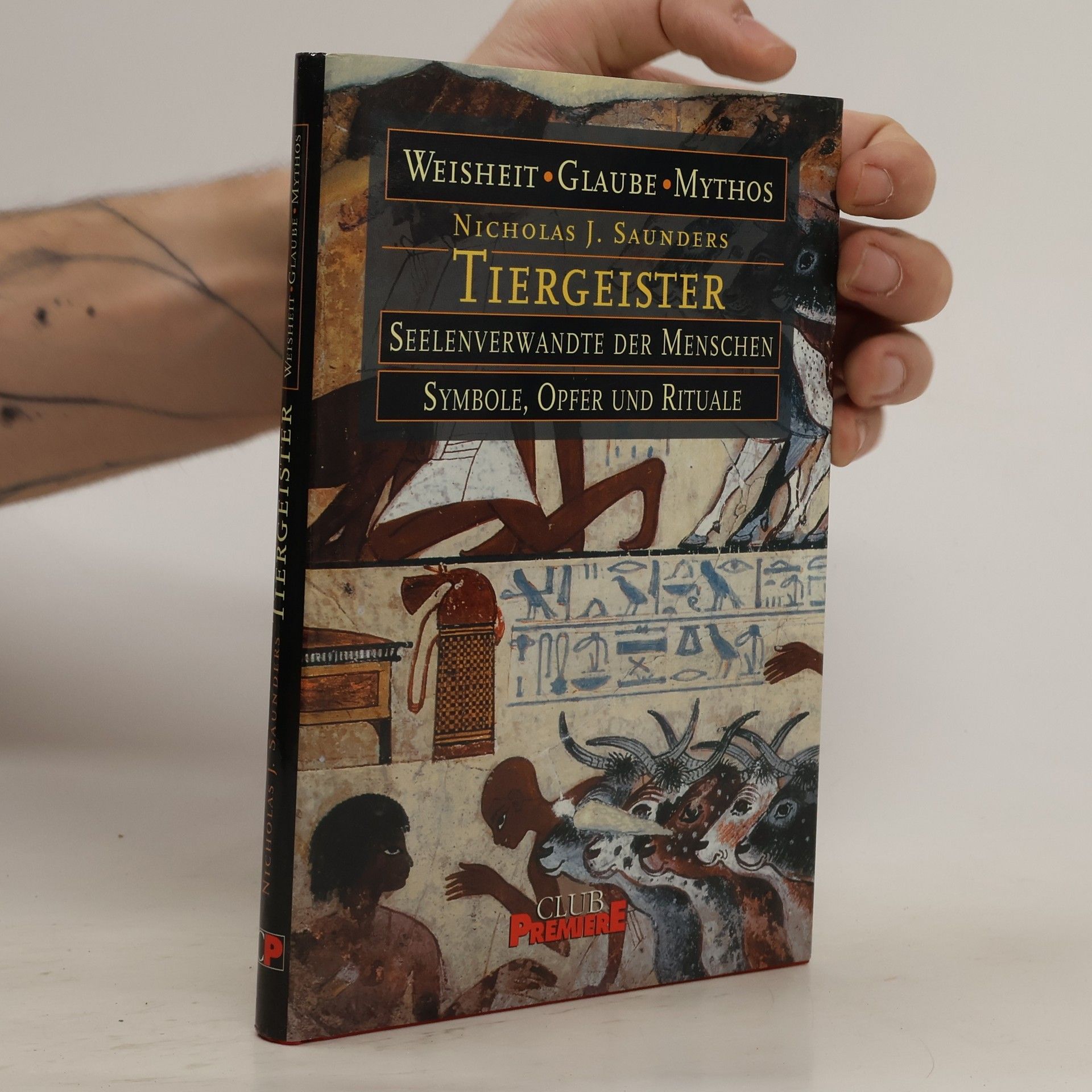In the desert sands of southern Jordan lies a once-hidden conflict landscape along the Hejaz Railway. Built at the beginning of the twentieth-century, this narrow-gauge 1,320 km track stretched from Damascus to Medina and served to facilitate participation in the annual Muslim Hajj to Mecca. The discovery and archaeological investigation of an unknown landscape of insurgency and counter-insurgency along this route tells a different story of the origins of modern guerrilla warfare, the exploits of T. E. Lawrence, Emir Feisal, and Bedouin warriors, and the dramatic events of the Arab Revolt of 1916-18. Ten years of research in this prehistoric terrain has revealed sites lost for almost 100 years: vast campsites occupied by railway builders; Ottoman Turkish machine-gun redoubts; Rolls Royce Armoured Car raiding camps; an ephemeral Royal Air Force desert aerodrome; as well as the actual site of the Hallat Ammar railway ambush. This unique and richly illustrated account from Nicholas Saunders tells, in intimate detail, the story of a seminal episode of the First World War and the reshaping of the Middle East that followed.
Nicholas J. Saunders Book order
Nicholas J. Saunders stands as a foremost authority in the anthropological archaeology of World War I, focusing on the material culture of the conflict. His extensive research has illuminated the profound significance of objects created during wartime, revealing deeper insights into the human experience of the Great War. Saunders' work challenges conventional historical narratives by examining the tangible remnants of conflict and their anthropological meaning.






- 2020
- 2011
Gladiátoři a Koloseum
- 48 pages
- 2 hours of reading
Pojďte se seznámit s dobrodružstvím hrdinných gladiátorů a úžasnou historií římského Kolosea. V tomto zábavném naučném komiksu pro čtenáře od 9 let najdete množství historických údajů a zajímavostí z období největšího rozkvětu římské říše, kdy nechal císař Vespasián vystavět obrovský amfiteátr, v němž se odehrávaly krvežíznivé gladiátorské zápasy. Dozvíte se, jak vypadal život gladiátorů, kde trénovali, s čím obvykle bojovali a jak se jednotliví gladiátoři nazývali. Zajímá vás, jaký byl další osud Kolosea? Odpověď najdete v knížce.
- 2011
Kryštof Kolumbus
- 48 pages
- 2 hours of reading
Nový komiks vhodný pro čtenáře již od 9 let vás seznámí se čtyřmi fascinujícími dobrodružnými výpravami Kryštofa Kolumba, známého mořeplavce, cestovatele a obchodníka. Čeká vás množství zajímavostí, historických a zeměpisných detailů. Spolu s Kolumbem proniknete až ke dvoru španělského krále Ferdinanda II. a jeho ženy Isabelly, kteří se stali štědrými mecenáši jeho objevitelských výprav. Ocitnete se také mezi domorodci žijícími na nově objevených územích, zjistíte, jak žili, jaký dopad měly Kolumbovy cesty na jejich další osudy a na uspořádání tehdejšího světa, do něhož přibyl nový světadíl - Amerika.
- 1996
Dier en mens
De spirituele samenhang tussen dierenwereld en menselijke cultuur
- 184 pages
- 7 hours of reading
- 1996
- 1996
Mytická síla zvířat
- 184 pages
- 7 hours of reading
Kniha se zabývá otázkou, kolika různými způsoby se zvířata vepsala do lidských myslí. Jádrem knihy je spirituální a symbolický bestiář jednotlivých druhů zvířat. Zkoumá asociace, se kterými se zvířata pojí v různých kulturách a obdobích, porovnává mytické a symbolické významy s biologickými a ekologickými skutečnostmi.
- 1995
Les animaux et le sacré
- 184 pages
- 7 hours of reading
De tout temps, et sur tous les continents, le monde des animaux a hanté l'imaginaire de l'homme, et lui a fourni le matériau symbolique lui permettant de se comprendre lui-même. Des premiers cultes rendus aux animaux jusqu'au souci actuel de préserver la diversité de la faune, Les Animaux et le Sacré explore cet univers fascinant. Avec ses centaines de magnifiques illustrations en couleur, ce guide nous introduit dans un monde extraordinairement riche de symboles, de croyances et de pratiques culturelles.
- 1991
Explore a truly astonishing range of interests, philosophies, religions, and cultures -- from alchemy to angels, Buddhism to Hinduism, myth to magic. The distinguished authors bring a wealth of knowledge, visionary thinking, and accessible writing to each intriguing subject in these lavishly illustrated, large-format paperback books.


